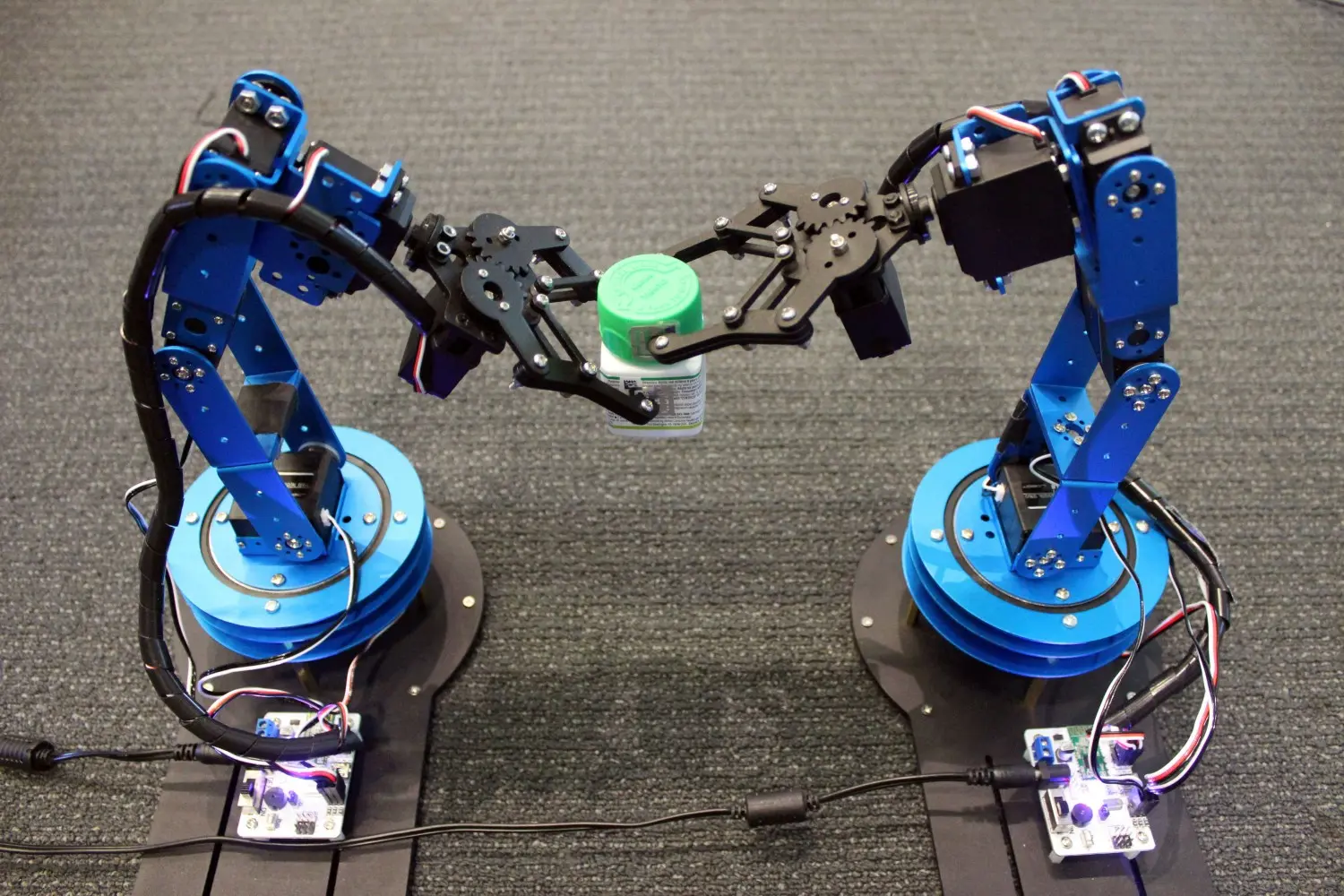Part of a Robot That Finds Distance
Introduction
Robots have become an integral part of modern industry and daily life. One critical component of many robotic systems is the part responsible for finding distances. This functionality is essential for navigation, object detection, and interaction with the environment. In this article, we will explore the purpose, industry applications, usage scenarios, and future development directions of parts of a robot that find distance.
Purpose of Distance-Finding Components in Robots

Why Are Distance-Finding Components Important?
Distance-finding components enable robots to perceive their environment accurately. These components serve several critical purposes:
- Navigation: Robots rely on distance measurement to move through their surroundings without colliding with objects.
- Object Detection: Identifying the presence and position of objects is vital for tasks such as sorting, assembly, and interaction.
- Safety: Ensuring a safe operating environment by avoiding obstacles and hazards.
- Automation: Facilitating complex tasks by integrating with other sensors and control systems.
Industry Applications
Distance-finding components are utilized across various industries:
- Manufacturing: Precision machining, assembly line automation, and quality control.
- Logistics: Autonomous guided vehicles (AGVs) for warehouse operations.
- Healthcare: Surgical robots and assistive devices.
- Consumer Electronics: Robotic vacuum cleaners and drones.
- Automotive: Self-driving cars and parking assistance systems.
Main Types of Distance-Finding Components
Classification and Key Technologies
Distance-finding components in robots come in several types based on their operating principles:
| Type | Description | Technical Standards | Performance Requirements | Major Manufacturers |
|---|---|---|---|---|
| Ultrasonic Sensors | Measure distance using sound waves. | Frequency: 40 kHz; Range: 2-4 m | High accuracy; resistance to environmental noise | Honeywell, Pepperl+Fuchs |
| Infrared Sensors | Use infrared light to detect objects and measure distance. | Wavelength: 850-950 nm | Short-range precision; immunity to ambient light interference | Sharp, Keyence |
| LIDAR | Employ lasers to create detailed 3D maps of surroundings. | Range: up to 250 m; Angular resolution: 0.1° | High resolution; long-range detection | Velodyne, Ouster |
| Time-of-Flight Cameras | Combine optical sensors with time-of-flight technology to measure depth. | Frame rate: 30 fps; Depth accuracy: 1 cm | Real-time processing; compatibility with AI algorithms | Intel RealSense, Microsoft Azure Kinect |
| Stereo Vision Systems | Mimic human vision using dual cameras to calculate depth. | Image resolution: 1080p | High computational power; environmental robustness | ZED, FLIR Systems |
| Radar | Utilize radio waves for long-range distance measurement. | Frequency: 77 GHz | Robust in adverse weather; long-range accuracy | Bosch, Continental |
Performance and Selection Criteria
When selecting a distance-finding component, the following factors must be considered:
- Accuracy: Precision in measurement is critical for sensitive applications.
- Range: The operational range must suit the robot’s intended environment.
- Speed: Real-time performance is essential for dynamic scenarios.
- Environmental Compatibility: Components should function effectively under varying conditions, such as dust, moisture, and temperature changes.
- Cost: Balancing performance with budget constraints is necessary for widespread adoption.
Usage Scenarios
Applications Across Industries
- Autonomous Vehicles: Distance-finding components are pivotal in enabling self-driving cars to detect obstacles, map surroundings, and make informed decisions in real-time.
- Industrial Robotics: In manufacturing, these components assist robotic arms in precise assembly and quality inspection tasks.
- Healthcare Robots: Surgical robots utilize these components for precise navigation in minimally invasive procedures.
- Consumer Devices: Robotic vacuum cleaners use distance measurement to navigate homes efficiently.
- Drones: Unmanned aerial vehicles rely on sensors to maintain altitude and avoid collisions during flight.
Real-World Examples
- Amazon Warehouse Robots: Ultrasonic and LIDAR sensors guide robots in picking and transporting items.
- Tesla Autopilot: Incorporates radar and cameras for advanced driver assistance features.
- Boston Dynamics’ Spot: Uses LIDAR for terrain mapping and obstacle avoidance.
Future Development Directions
Trends and Innovations
The field of robotic distance measurement is rapidly evolving. Key trends include:
- Miniaturization: Development of smaller, lighter components for compact robotic designs.
- Integration with AI: Combining sensors with machine learning algorithms for enhanced decision-making.
- Energy Efficiency: Creating low-power components to extend battery life in mobile robots.
- Cost Reduction: Advancements in manufacturing processes to make high-performance sensors more affordable.
- Enhanced Resolution: Improving sensor resolution for better accuracy in complex environments.
Emerging Technologies
- Quantum Sensors: Offer unprecedented precision and could revolutionize robotics.
- Bio-Inspired Systems: Mimic biological sensory systems to improve efficiency and adaptability.
- Edge Computing Integration: Enables real-time data processing directly on the sensor.
Great Light: Your Trusted Partner for Custom Robot Parts
As a professional custom supplier of robot parts, Great Light specializes in solving production and manufacturing challenges with advanced 5-axis CNC machining technology. Our capabilities include:
- Comprehensive Services: From material selection to post-processing and finishing.
- Rapid Prototyping: Quick turnaround for prototype development.
- Material Versatility: Expertise in processing stainless steel, aluminum, titanium, and other materials.
- Precision Engineering: Delivering components with tight tolerances and exceptional quality.
Great Light is committed to providing innovative, high-quality solutions tailored to your robotic needs. Contact us today to discuss your custom robot parts requirements and receive the best price and service.
Conclusion
The part of a robot that finds distance is a cornerstone of modern robotics, enabling advanced functionality across diverse applications. With the continuous evolution of technology, the future holds exciting possibilities for even more sophisticated and efficient distance-finding solutions. Partnering with experts like Great Light ensures you stay at the forefront of innovation, benefiting from cutting-edge manufacturing and unparalleled expertise.










































